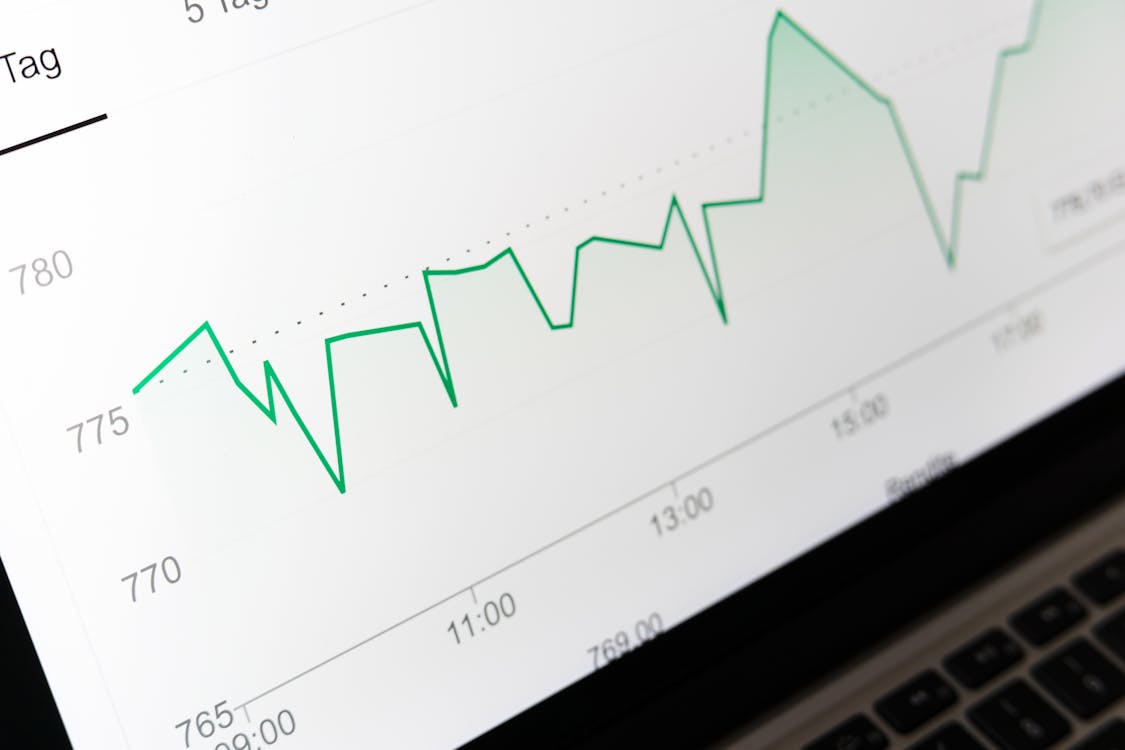Why Abercrombie & Fitch Could Be One Of The Market’s Deepest Value Plays
Image Source: Pexels
As part of our ongoing series at The Acquirer’s Multiple, each week we spotlight a stock from our Stock Screeners that might be a deeply undervalued gem hiding in plain sight. This week’s spotlight is Abercrombie & Fitch Co. (ANF).
Abercrombie & Fitch is a global specialty retailer offering casual apparel and accessories under the Abercrombie, Hollister, and Gilly Hicks brands. Once known for its teen-centric marketing, the company has undergone a significant transformation toward inclusive branding and operational efficiency. Its turnaround over the past few years has been remarkable — shifting from near-zero profitability to strong free cash flow and record earnings.
What is IV/P (Intrinsic Value to Price)?
IV/P tells you whether a stock offers more intrinsic value than the price you are paying for it. The calculation blends earnings power, reinvestment efficiency, and capital return policy to estimate intrinsic value — a conservative measure of what the business is worth.
The interpretation is straightforward:
- IV/P above 1 suggests undervaluation.
- IV/P below 1 suggests overvaluation.
- The further above 1, the more value you may be getting per dollar invested.
ANF’s IV/P is 1.80, implying its intrinsic value is nearly twice its current market price — a signal that the market may still be underestimating its earnings power despite a strong share price recovery.
Supporting Metrics
Market Cap: ~$3.4B
Enterprise Value (EV): ~$4.35B
Free Cash Flow (TTM): ~$345M
Free Cash Flow Yield: ~10%
Acquirer’s Multiple: 5.10
With an EV/FCF ratio near 5×, ANF trades at levels that imply moderate expectations for growth — particularly striking given its double-digit margins and strong cash conversion. This multiple suggests the company is still attractively priced relative to its profitability.
Revenue & Profitability
Revenue (TTM): ~$5.1B
Operating Income (TTM): ~$744M
Operating Margin: ~14.6%
Net Income (TTM): ~$541M
Net Margin: ~10.6%
Diluted EPS (TTM): ~$10.52
Abercrombie has staged a textbook turnaround: from near-break-even results in FY2023 to robust profitability in FY2024 and FY2025. Both gross and operating margins have expanded sharply, driven by stronger pricing, disciplined inventory management, and cost controls.
Balance Sheet Strength
Total Assets (2025): ~$3.3B
Cash & Equivalents: ~$889M
Total Debt: ~$952M
Shareholder Equity: ~$1.35B
Net Debt: ~$63M
Working Capital: ~$546M
The company’s balance sheet is healthy, with minimal net debt and strong liquidity. Working capital remains ample, supporting ongoing reinvestment in digital platforms and store optimization initiatives.
Capital Returns
Buyback Yield (TTM): ~9%
Dividend Yield (TTM): 0%
Capital Expenditure (TTM): ~$218M
Abercrombie repurchased nearly $489M in shares over the past year — a notable return of capital for shareholders given its rising free cash flow base. The absence of dividends is offset by the buybacks, which have meaningfully reduced share count and boosted EPS growth.
Why Might ANF Be Undervalued?
Abercrombie’s transformation has shifted it from a struggling retailer into a cash-generating powerhouse. The market may still anchor on its legacy as a cyclical mall brand, ignoring structural improvements in profitability and capital discipline. With double-digit operating margins, low leverage, and an IV/P of 1.80, the stock appears positioned for continued rerating as investors gain confidence in its sustained growth and cash flow consistency.
Conclusion
With an IV/P of 1.80 and an Acquirer’s Multiple of 5.10, Abercrombie & Fitch (ANF) represents a compelling blend of quality and value. Its improved balance sheet, robust free cash flow generation, and aggressive buybacks create a powerful setup for long-term value investors. While retail remains competitive, ANF’s disciplined execution and margin expansion suggest that its turnaround is far from over — and the market may still be catching up to the company’s true intrinsic value.
More By This Author:
Apple Inc. - Our Calculation Of Intrinsic ValueEnergy and Financials Still Rule Deep Value
Why Top Investors Are Buying Caterpillar Inc. (CAT)




